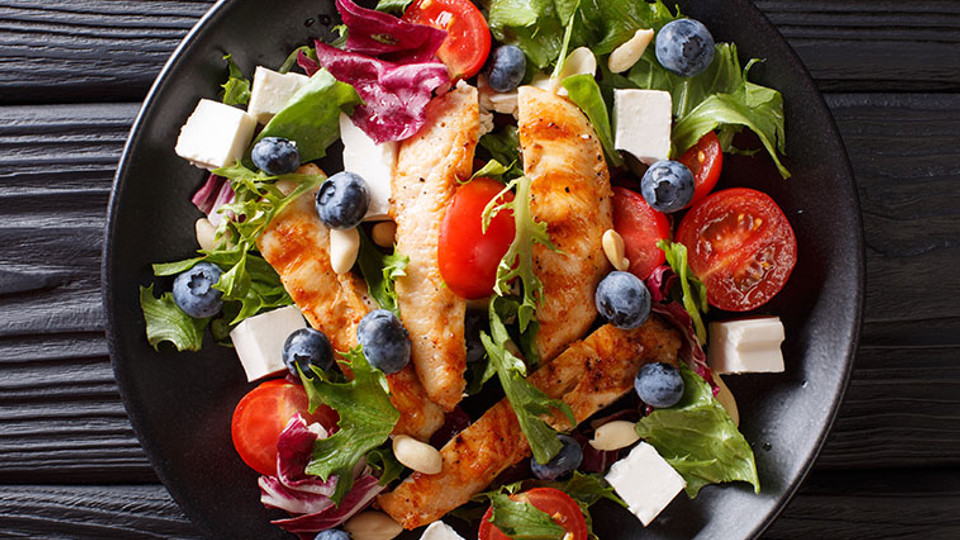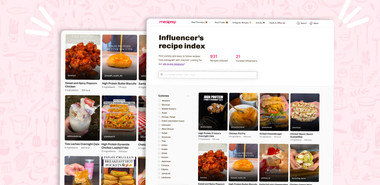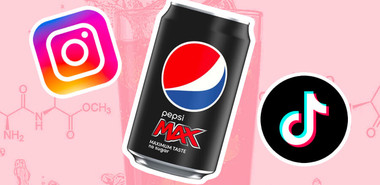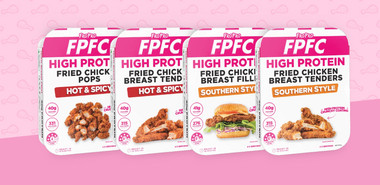
Any athletes looking to gain muscles and increase their strength stand to benefit a great deal from Stan Efferding’s vertical diet. It is low FODMAP, meaning that it’s perfect for those with digestive issues, and is easily absorbed, making it one of the most efficient athletic eating plans going.
But what are the real pros and cons of this new sensation? How might meal prepping with the vertical diet help you, and how might it hinder you?
The positive
It may support muscle gains
Caloric surpluses are a must during any hypertrophy or strength gaining phase. All athletes will go through them at some point, bodybuilders and strength athletes most of all.
Some diets are inefficient: they are hard to digest. A lot of the surplus calories taken in are therefore not utilised properly and are stored as fat instead.
By making use of low FODMAP foods, the vertical diet avoids this. Everything is taken up quickly and efficiently (one of the reasons for calling this plan the ‘vertical diet’). Your protein is used to build muscle, your carbs to fuel your workouts: very little goes to waste, and very little turns to unneeded fat reserves.
It powers your workouts
The carb intake is high and it keeps getting higher (the other reason it’s called the ‘vertical diet’, as everything goes up and up!) As the majority of the carbs come from easily used, gastric-friendly white rice, this high carb load goes almost entirely into energising your muscles.
You will be able to train harder, for longer, at higher loads, on the vertical diet.
This high carb load may also improve your body’s efficiency at protein synthesis, allowing you to recover and build muscle faster than before.
It improves your digestive health and appetite
Anybody going through a serious caloric surplus, with plenty of fats and proteins, will tell you how often they have had to use the bathroom in any given day.
They will tell you tales of bubble-gut and twisting, gassy innards. They will tell you tales of explosive bowel movements and uncomfortable bloating. They will tell you how hard it was to force themselves to keep eating until their macros were hit.
This goes away to a very large degree on the vertical diet.
The low FODMAP nature of all the foods included means that gastric discomfort and bloating are much reduced.
Your body will also become used to assimilating white rice very quickly, alongside the other mainstays of the diet. The efficiency with which you use your calories will mean that you can be hungry just a couple of hours after each meal, ready to eat without feeling nauseous.
The fact that you will be using almost all of the nutrients taken in will reduce… waste. This will reduce the amount of time you spend on the toilet (and the drama of each visit.)
Of course, nothing is perfect. There are a few quite serious downsides to the vertical diet that may put some people off, and that may make it entirely unsuitable for others:
Potential downsides
It is low in fibre
You don’t get much of either on a diet mostly made up of white rice and red meat.
Adequate fibre levels have their own digestive uses, bulking out waste to maintain healthy function. It also leads to appetite satiation, improves various health markers and may lower the risk of certain chronic diseases- heart disease, certain cancers and type II diabetes among them. Fibre also contributes to gut health, feeding the beneficial bacteria in your gut.
Lacking fibre in your diet can, therefore, pose some quite serious health risks.
Make sure to include plenty of low FODMAP fruit and veg in your diet to combat this, and even dig into some of the higher FODMAP varieties at times. Garlic and onions may well be worthy of inclusion, no matter how gassy they make you.
It gives little variety whilst costing a lot
With such a short shopping list, and with most meals revolving around the same core ingredients, the vertical diet is very repetitive.
Of course, hardcore, professional athletes shouldn’t mind this. If it helps you, and it’s the core focus of your life, suck up the repetition and do what needs to be done.
For more casual lifters, however, this overly draconian, limiting approach to the diet may be off-putting.
In addition, the vertical diet can be very pricey. Of course, white rice is one of the cheapest foodstuffs going. Quality red meat, fish and eggs, on the other hand… not so much. Venison and grass-fed beef steaks will set you back a lot of money, and these are some of the most common things you will be eating.
If you’re a pro with a good sponsorship deal, fair enough. If not, prepare to dig deep into your savings.
Not for veggies
With so much of the vertical diet being focussed on red meat, there is no room for vegetarianism or veganism within its remit. If you’re a plant-based athlete- or if you simply like to keep your meat consumption down for ethical, health or environmental reasons- you will not be able to run the vertical diet.
Alternatives are available. For veggies, try egg fried rice cooked in good quality olive oil, accompanied by low FODMAP veggies and well-salted. This will give you a rough approximation of Efferding’s famous ‘Monster Mash.’
But it isn’t the ‘Monster Mash’: it isn’t the vertical diet as written. It may be useful, and may give you many benefits, but it isn’t Efferding’s plan.




Meal prep plan for vertical diet